- Home
- Machining techniques
- CNC Machining Services
- Cooperative supply services
- Designs
- Materials
- Finishing Services
- Shop
- Products
- Guide
- About Us
- Contact Us
2022.5.30
Vibration is one of the most typical mistakes made during CNC turning. To put it simply, when the lathe vibrates, a regular cutting process is disrupted and harmed, resulting in a significant decrease in machined surface quality and tool life. As a result, reducing CNC lathe machine vibration is an absolute necessity.
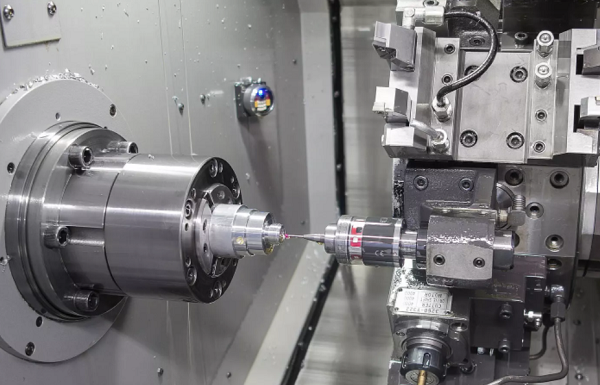
After eliminating the vibration of rotary components and transmission system of lathe, the main type of lathe vibration is self-excited vibration that does not change with turning speed. Here we mainly introduce the causes and elimination measures of low-frequency vibration caused by workpiece system deformation and tool rest system deformation during machining.
The main characteristics of low-frequency vibration are: ① the vibration frequency is low (50 ~ 300Hz), and the noise generated during vibration is low. ② The marks left on the cutting surface of the workpiece are deep and wide. ③ The vibration is violent, which often makes the lathe machine parts (such as tailstock, tool rest, etc.) loose and breaks the cemented carbide blade.
During the low-frequency vibration in turning, the workpiece system and the tool rest system are usually vibrating (but in most cases, the vibration of the workpiece system is large and plays a leading role). They are sometimes separated from each other and sometimes close to each other, producing forces and reactions of equal magnitude and opposite directions. During the vibration process, when the workpiece and the tool move apart, the cutting force F is separated in the same direction as the workpiece displacement, and the work done is positive. When the workpiece approaches the tool, the work done by the approaching cutting force is negative.
In the turning process: ① the friction between the chip and the rake face of the tool. ② the degree of metal hardening encountered by the tool when cutting in and exiting the workpiece is different. ③ the actual geometric angle of the tool changes periodically during the vibration process. ④ during the vibration, the relative motion path of the tool to the workpiece is an ellipse, which causes the periodic change of the cutting section. ⑤ the traces left by the vibration of the workpiece during the previous rotation cause the periodic change of the cutting section. These five conditions can cause the periodic change of cutting force, and make f phase distance >f approach. In this way, in each vibration cycle, the positive work of the cutting force on the workpiece is always greater than its negative work on the workpiece, so that the workpiece can obtain energy supplement and generate self-excited vibration.
(1) In the case of low-frequency vibration, the vibration is mainly caused by the change of cutting force caused by the vibration in the Y direction, which makes the f-phase distance >f approach and produces vibration.
The following 4 measures are mainly taken:
① Tool principal deflection angle( μ The larger the R angle), the smaller the FY force, and the less likely it is to produce vibration. Therefore, properly increase the main deflection angle of the tool to eliminate or reduce the vibration.
② Properly increasing the tool rake angle can reduce FY force and reduce vibration.
③ If the back angle of the cutter is too large or the blade is too sharp, the cutter is easy to bite into the workpiece, which is easy to produce vibration. When the tool is properly passivated, the back face can prevent the tool from “biting” into the workpiece, which can reduce or eliminate the vibration.
④ When turning, the tool tip position is too low (lower than the workpiece center) or when boring on the lathe, the tool tip position is too high, which will make the actual rake angle of the tool tip decrease and the rake angle increase, which is easy to produce vibration.
⑤ If the tool rest system has negative stiffness, it is easy to “bite” the workpiece and produce vibration. Therefore, the vibration caused by the negative stiffness of the tool rest system on turning should be avoided as far as possible.
(2) When wide and thin chips are produced in the turning process, the vibration in Y direction causes the change of cutting force. When the cutting section is wide and thin, the vibration in Y direction will cause the drastic change of cutting cross-section and cutting force. Therefore, it is very easy to generate vibration in this case. For example, when turning with a longitudinal cutter, the greater the cutting depth, the greater the feed rate, and the smaller the main deflection angle, the wider and thinner the cutting section, and the easier it is to produce vibration. Therefore, when selecting the turning speed, avoid the medium speed zone where the cutting force decreases with the speed (when cutting carbon steel, the speed range is 30 ~ 50m/min). At the same time, reducing the cutting force of the trolley, properly increasing the feed rate and reducing the cutting depth will also help to suppress the vibration.
(3) Insufficient rigidity of workpiece system and tool rest system is the main cause of low-frequency vibration. The following measures can be taken to eliminate or reduce the vibration:
① When clamping the workpiece with three or four jaws, the coaxiality error between the workpiece rotation center and the spindle rotation center shall be minimized as far as possible to avoid the vibration caused by the periodic change of cutting force caused by intermittent cutting or uneven cutting due to workpiece inclination.
② When machining thin and long workpieces that are easy to deform and bend and produce vibration, the elastic center and auxiliary support are used to reduce the thermal expansion deformation of the workpieces while cooling with coolant.
③ When clamping the workpiece, do not extend the workpiece too long. For the workpiece with insufficient rigidity, the reasonable center frame, tool heel rest, center and other auxiliary supports are used to increase the rigidity of the workpiece.
④ When using the center, the center and the taper hole of the top shall be well matched to avoid bending of the workpiece due to too large jacking force or swing of the workpiece due to too small jacking force, and attention shall be paid to that the suspension of the tailstock sleeve shall not be too long.
⑤ The bearing clearance of the machine tool spindle directly affects the rotation accuracy and stiffness of the spindle. If it is found that the clearance is too large and the stiffness is insufficient due to bearing wear during use, the bearing clearance shall be adjusted and preload shall be applied to increase the stiffness of the workpiece system and eliminate vibration.
⑥ Regularly check the contact condition of dovetail guide rail between the middle carriage and the big carriage, and between the small knife rest and the middle carriage, and adjust the inclined inlay to keep an appropriate gap to avoid crawling when the knife rest moves, resulting in vibration of the knife rest system.
⑦ Each time the square tool rest is rotated to make the tool turn to the required position, the square tool rest shall be pressed and fixed to avoid loosening of the square tool rest and vibration caused by reducing the rigidity of the tool rest system.
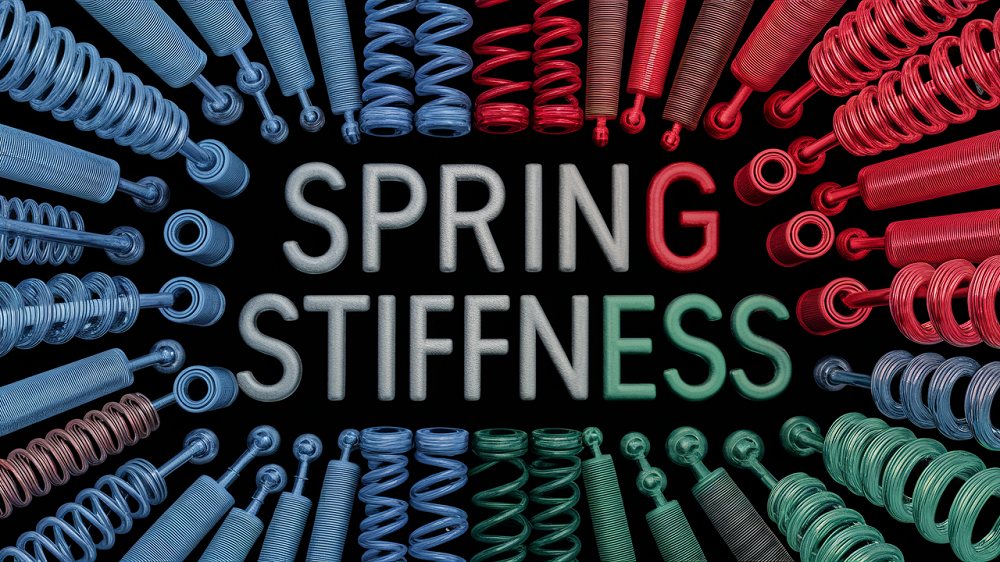 Spring Stiffness Formula & Constant Calculation
Spring Stiffness Formula & Constant Calculation
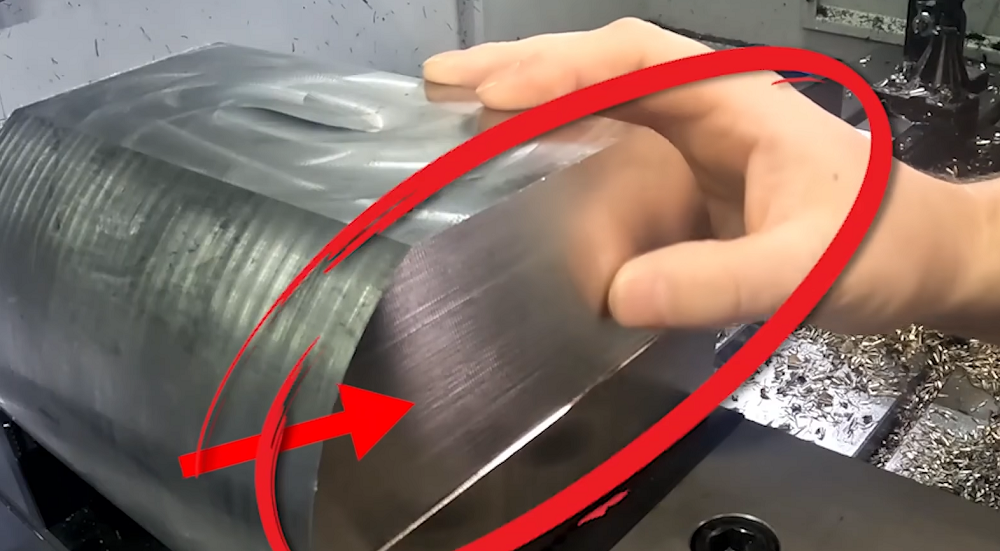 How To Reduce & Stop Chatter Vibration in CNC Milling/Turning/Drilling/Grinding Lathe?
How To Reduce & Stop Chatter Vibration in CNC Milling/Turning/Drilling/Grinding Lathe?
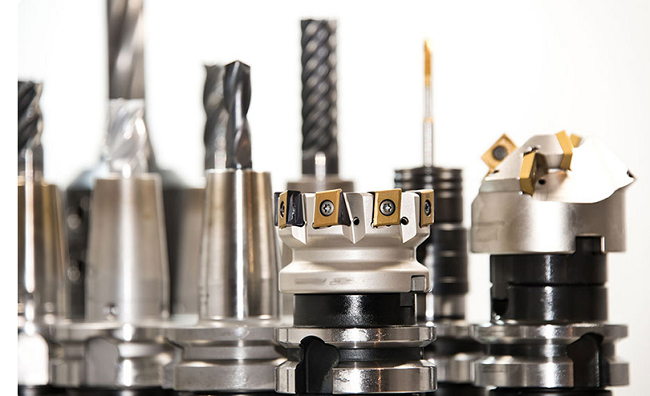 Top 12 CNC Machining & Programming Experiences | CNCLATHING
Top 12 CNC Machining & Programming Experiences | CNCLATHING
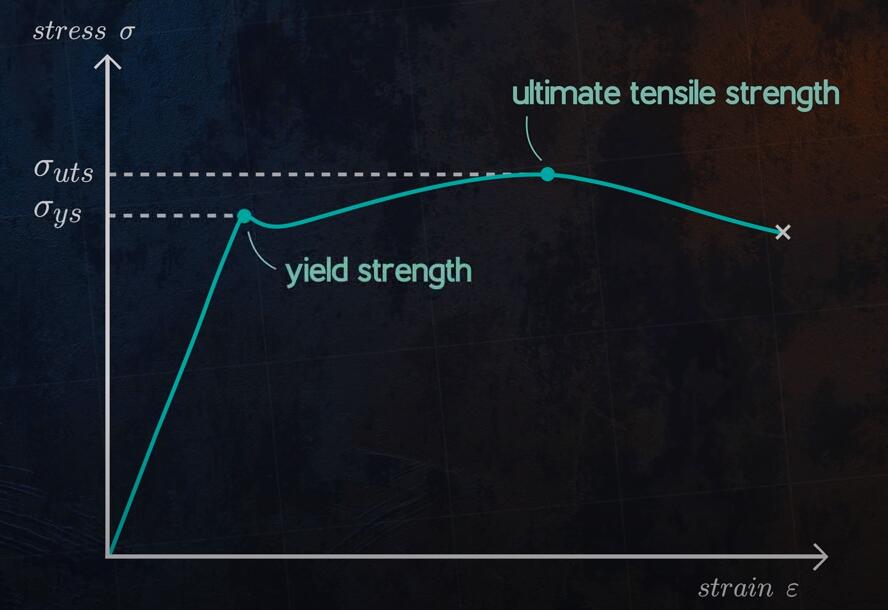 Stiffness vs Strength, How to Differentiate Them – Difference Between Strength and Stiffness | CNCLATHING
Stiffness vs Strength, How to Differentiate Them – Difference Between Strength and Stiffness | CNCLATHING
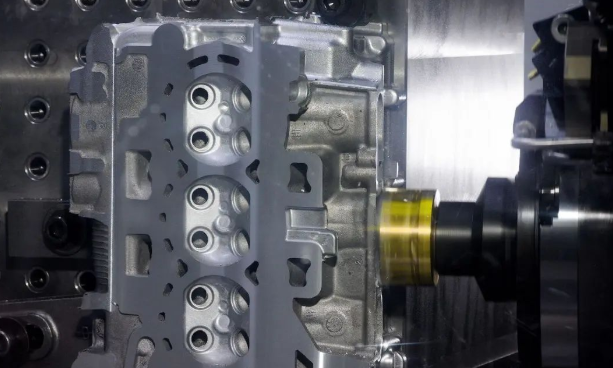 The Causes to Deformation and Surface Blackening of Aluminum Alloy Parts
The Causes to Deformation and Surface Blackening of Aluminum Alloy Parts
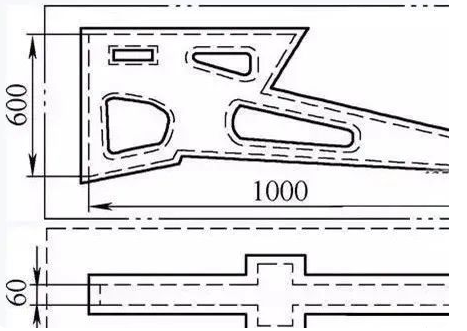 3 Process and 6 Options to Quickly Deal With the Deformation of Aluminum Alloy Parts
3 Process and 6 Options to Quickly Deal With the Deformation of Aluminum Alloy Parts
